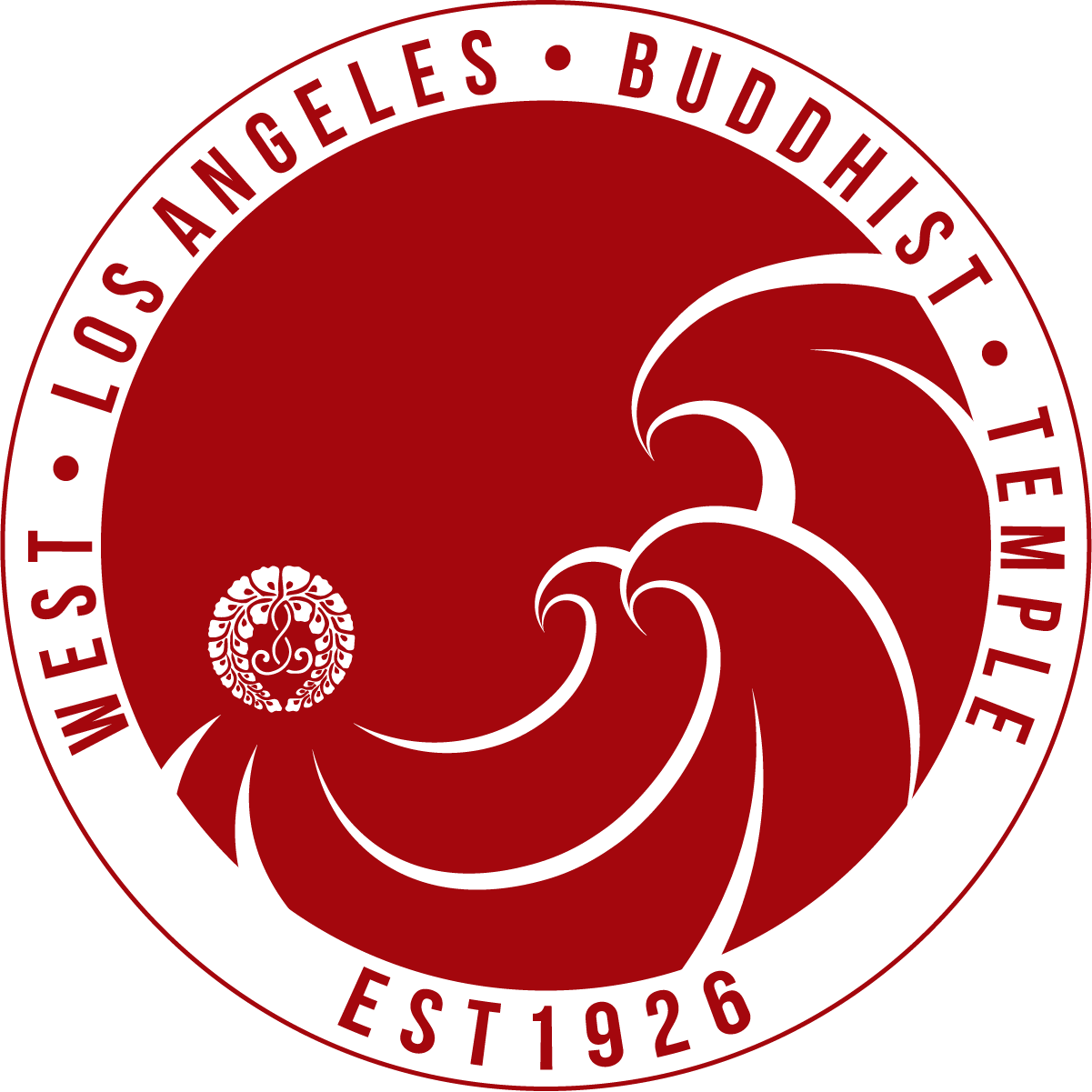< Back to FAQ
Terminology
Hongwanji: “Temple of the Primal Vow.” The Primal Vow is Amida Buddha’s Vow to save all beings at all times and in all places without any discriminations. Jodo Shinshu means “True Teaching of Pure Land.” It is one of many denominations of Mahayana Buddhism.
Namo Amida Butsu (Nembutsu): Reciting Buddha’s Name. In Jodo Shinshu, the Nembutsu is not recited as a mantra or religious practice to gain merit, but recited in awareness, joy, and appreciation of Amida Buddha’s Great Compassionate Mind. “Namo Amida Butsu” means entrusting and taking refuge in the Buddha of Immeasurable Light (Wisdom) and Infinite Life (Compassion).
Gassho: By placing our palms together and bowing before the image of the Buddha, we express our deepest gratitude and appreciation to Wisdom and Compassion, symbolized by the statue of Amida Buddha. The gassho is considered one of the most beautiful gestures of expressing greetings, appreciation, and reverence.
Nenju: The nenju is the string of beads used in Buddhist rituals. It is held in the left hand, which represents the world we live in; the right hand represents the world of awakening. It is through the use of the nenju that brings together the left hand of samsara and the right hand of nirvana into the Oneness of the Gassho. In Jodo Shinshu, the nenju is “mindfulness beads” versus “counting beads (juzu).
Oshoko: Incense is burned in gratitude for the teaching and to purify and prepare ourselves to receive and listen to the teachings.
Chanting of Sutra: The sound of oneness, in which individual voices blend as one in a joyful expression of receiving the teaching together. In Jodo Shinshu, both lay members and ministers chant together to praise the virtue of the Buddha.

